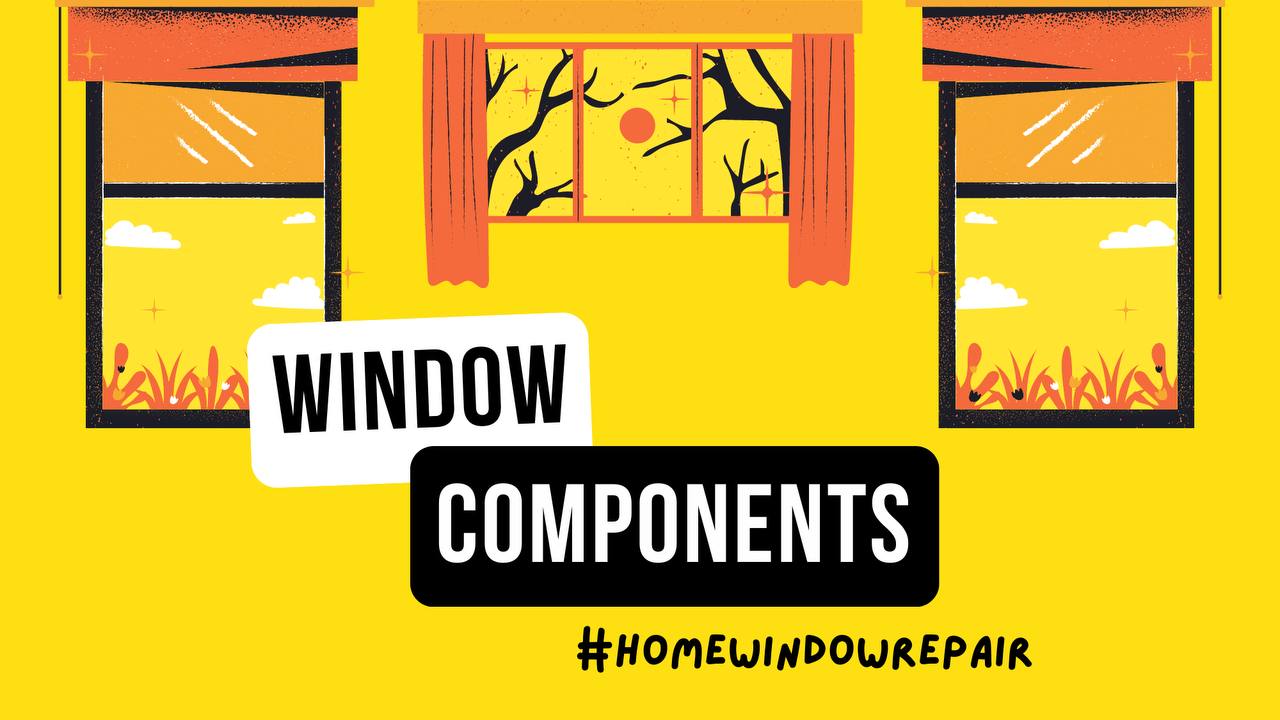- Winter Tasks
- Cleaning Services
- Moving Services
- Handyman
- Furniture Assembly
- Shopping and Delivery
- Office Services
- Commercial Cleaning
- Commercial Handyman
- Commercial Painting
- Conference Room Setup
- Office Housekeeping
- Office Movers
- Office Snack Delivery
- Office Supply Delivery
- Office Furniture Assembly
- Ergonomic Office Setup
- Office Setup & Organization
- Data Entry
- Proofreading services
- Office Administration
- Office Interior Design
- Business services
- Assembling IKEA furniture
- Assembling an IKEA kitchen
- IKEA dressing room assembly
- Assembling IKEA cabinets
- IKEA bathroom furniture assembly
- Assembling IKEA beds
- Assembling IKEA tables
- Assembly of IKEA seats
- Assembling IKEA sofas
- Assembling dressers IKEA
- Assembling IKEA racks
- Assembling IKEA pedestals
- Assembling children's furniture IKEA
- Assembling IKEA chairs
- Assembling other IKEA furniture
- Coaching
- Beauty and health services
- Domestic services
- Construction works
- Finishing work
- Services for animals
Home window repair and replacement - a brief guide

Damaged or low-efficient windows often cause home heating and cooling systems to work harder. Although you may not immediately feel the need to replace your windows, they can help save you money on utility bills. Nonetheless, window replacement is a big investment. Sometimes there is no need to replace the window, but you can repair it.
Many common window problems can be repaired or fixed with retrofit window installation. While window replacement is the only viable option in some cases, the cost can seem huge. However, it may save you a lot of money.
Your home should be comfortable and safe. You can decide whether to replace or repair your window depending on your budget. A professional window installer can help you make an informed decision. It can seem daunting to replace your windows. However, not doing anything can end up costing you more long-term.
Determine the energy efficiency of windows
A good way to determine whether or not a window repair is necessary is to check the window's efficiency. The smallest leak can lead to energy bills that run into the thousands. You should know how to check the efficiency of your windows:
- Look closely at your window and frame. Peeling seals, dirty stains, mould or condensation are signals of a problem.
- The draft cannot be seen with the naked eye. To determine if there is a leak, hold the candle to a closed window and observe the flame. If it sways, then it is affected by the airflow from the window.
- For a more accurate measure of window efficiency, you can use an infrared laser thermometer. Point the device at the window and it will show if there is a difference in temperature in the room and in the window area.
It's important to note that some window models have Low-E coatings that help improve insulation. If your windows haven't, you may also consider improving window insulation with additional film coverage.
Some windows are energy-efficient only if they are specifically designed for your climate, while others are not. Consider how much light is coming in your home, and if you live in a temperate or cold climate, choose windows that will minimize heat gain.
Components of the window

Before you decide whether to repair or replace your window, you'll need to determine whether the damage is limited to the glass, frame, seal, or something else.
The inner frame of the window is the jamb, which is connected to the wall by the outer frame. The sill balances the window assembly in the slot in the wall and is usually made from wood or acrylic. The frame and profile can be made of vinyl, fibreglass, composite, aluminum or wood.
The window itself consists of several different components that each perform a different function. The main of them are window pans, profiles and hardware. These components affect the consumer properties of the window - the ability of the structure to transmit light, sound and heat.
Aside from the main components, there are sashes, glazing beads, and mullions. A window sash surrounds the glass and holds it in place in the window frame. A window beading is a strip that covers a window pane within the sash. The mullion's main purpose is to connect multiple sash windows and allow for their individual opening. In addition, you may choose the hardware, which allows you to control the position of the window, such as a window crank. Also your should consider the style of your window.
Horizontal sliding windows
Sliding to the side windows are convenient and can be customized to fit your home's aesthetics. They are attractive, especially in rooms with high ceilings. Additionally, they require minimal maintenance and can accommodate air conditioners. One of the main advantages of this style of window is its affordability. Compared to other window styles, sliding windows are relatively cheap to purchase and install.
They also provide excellent home ventilation. However, because the seal between two panes of glass is not as tight as that of casement windows, hot air can escape while cold air can enter your home, you should think about keeping your home energy efficient.
Sliding windows up and down
Double-hung windows that slide up-down can be raised for air to circulate, and locked from the inside. The double-hung window is an excellent choice for rooms with foot traffic. Because it has two sashes, it allows for complete ventilation. If you want the maximum amount of ventilation, you can open both sashes at once. The bottom sash lets in the cool fresh air, while the top sash releases warmer indoor air. This allows for greater airflow.
A small frame allows for easy cleaning, making it the perfect choice for homes with multiple floors. Keeping windows clean also makes the interior of the home look cleaner. With double-hung windows, you can do the job safely from the inside of your home without the need of hiring window cleaners.
Because double-hung windows don't project inward or outward, they can fit into many different types of rooms. The double-hung window design also allows you to install insect screens across the entire length.
Awning windows (horizontal opening)
The awning window with a horizontal opening is a classic style of a casement window. The main benefit of awning windows is that they are rainproof. It opens using an upward hinge that opens the window outward in a sloping slope. This slope allows the precipitation to slide off the slope, keeping the interior of the house dry and protected from water.
The same feature can be a huge benefit in places where it is hard to open other types of windows, such as upper rooms with sloped ceilings. In such a way, it can be installed at higher elevations than other types of windows. This is an excellent feature because it gives maximum ventilation and natural light while not compromising privacy.
Casement windows (vertical opening)
Casement windows are held on using side hinges and mullions. The air tightness it offers is one of its biggest benefits. It is also energy efficient if installed and sealed in a proper way. During cold weather, casements outperform other types of windows. Their thermal performance is 10 percent higher than typical sliders in the Canadian climate.
They are versatile and can be mixed with other types of windows for a unique architectural look. They are ideal for bay and bow windows in rooms with a need for more airflow and natural light.
And because casement windows are operated by a single handle, they are incredibly easy to operate. Not only are they easier to open and close, but they provide excellent ventilation and airflow. The window also allows the user to see out in all directions.
What window style is better for you?

| Type | Pros | Cons |
|---|---|---|
| Side sliding window | Saves space. Affordable. |
A wooden frame is not available for the sliding type. Sliding window tracks gather dust that is difficult to clean. Less ventilation as it is one side can only be open at a time. |
| Up-down sliding window | Easy to clean. Double-hung windows are openable from either the top or bottom. |
An effort must be made to operate. Regular maintenance is necessary to keep the mechanism running smoothly. |
| Awning windows | Allow ventilation in rain. | Can not be fully opened. |
| Casement windows | Effortless operation. Uncluttered view. |
Not available to fit a window AC. Outside is difficult to clean. |
Window damage requiring repair
When you have window damage you need to take action as soon as possible. Severe weather such as hail, snow, sleet, and storm can cause window damage. Luckily, some common problems can be fixed, even without spending a fortune. For instance, draughty windows mean the seal is worn out. In most cases, a broken seal is possible to repair.
Some common repairs include broken panes, a leaking frame, broken hardware, and worn weatherstrips:
- Broken glass panes are the most obvious damage that can occur to windows. These can range from cracked panes to broken panes.
- Over time, the frame, especially the wooden one, can also become corroded. If you haven't repaired it, the cost for window repairs will be comparable to those for replacement windows. Therefore, it's important to check your windows from time to time.
- Slamming windows shut or opening them too quickly can damage the hardware. To prevent breakage, always slide windows gently when opening or closing them.
- Сondensation on windows can cause discomfort if the weatherstrip breaks and passes moisture and cold air. If the sealer causes the problem, a professional window repairman can solve it easily. This repair can save you money on energy bills by eliminating the need to use air conditioners and heaters.
In some cases, the damage may be minor and can be repaired with caulk. However, more serious window problems may require new seals and sections.
Signs that it's time to replace window
Foggy window, frame rot, excessive water leakage require retrofit or full-frame window installation.
Foggy windows are caused by water condensing inside the insulated glass unit (IGU). Many windows have IGUs that can't be removed, which makes it necessary to call a window service. This can lead to an excessive amount of water infiltration around the window or through it. A foggy pane is a sign that it's time to replace the window.
The most noticeable sign that it's time to replace your windows is visual decay.
- The frame is warped. You may notice warping around the edges of the window's frame.
- Signs of rot. A loosened frame may indicate dry rot. In such a case, you should replace it as soon as possible.
- Windows that open and close with difficulty are most likely affected by frame distortion. This means the seal no longer adheres tightly to the window and water and cold seep through the gaps.
- Noise is another sign of worn-out windows. If you can hear noises coming from the outside, it is time to replace your window.
While it may be difficult to identify the signs of window wear, you can look out for these warning signs and take measures. When these happen, the window may be beyond repair. It's time to contact a professional for proper replacement.
Cost factors

The cost of the window will be affected by many factors, including the type and location of the window. These factors include the type and size of the pane, wheater it is located on the sunny side, second floor, and whether the installation will be retrofitted or fully framed.
The average cost of window replacement varies, depending on where you live and the type of window you choose. A window installation can range from $500 to over $1,200 each, depending on the type of frame you choose and how many sections you need. The window material will play a large part in the overall cost.
The least expensive window material is aluminum. An aluminum frame is typical for lower-quality windows that are made with single or double panes of glass. These windows have low insulating capacity. The most expensive are fibreglass and natural wood due to their energy efficiency, breathing properties and environmental friendliness.
In addition to materials, the cost of window replacement includes labour. A professional installer may charge between $100 and $300 per window. This figure is typically lower when you replace several windows. However, this cost can jump up significantly if the windows are custom-made or historic. This type of window will require additional carpentry skills and will cost more than standard windows.
Smaller windows are easier to install in difficult areas and therefore more affordable. Bay windows are the most expensive option because they are large and require an expert installation service. And remember, the right time to replace your windows is when problems first appear. The earlier you fix your windows, the cheaper you will pay.